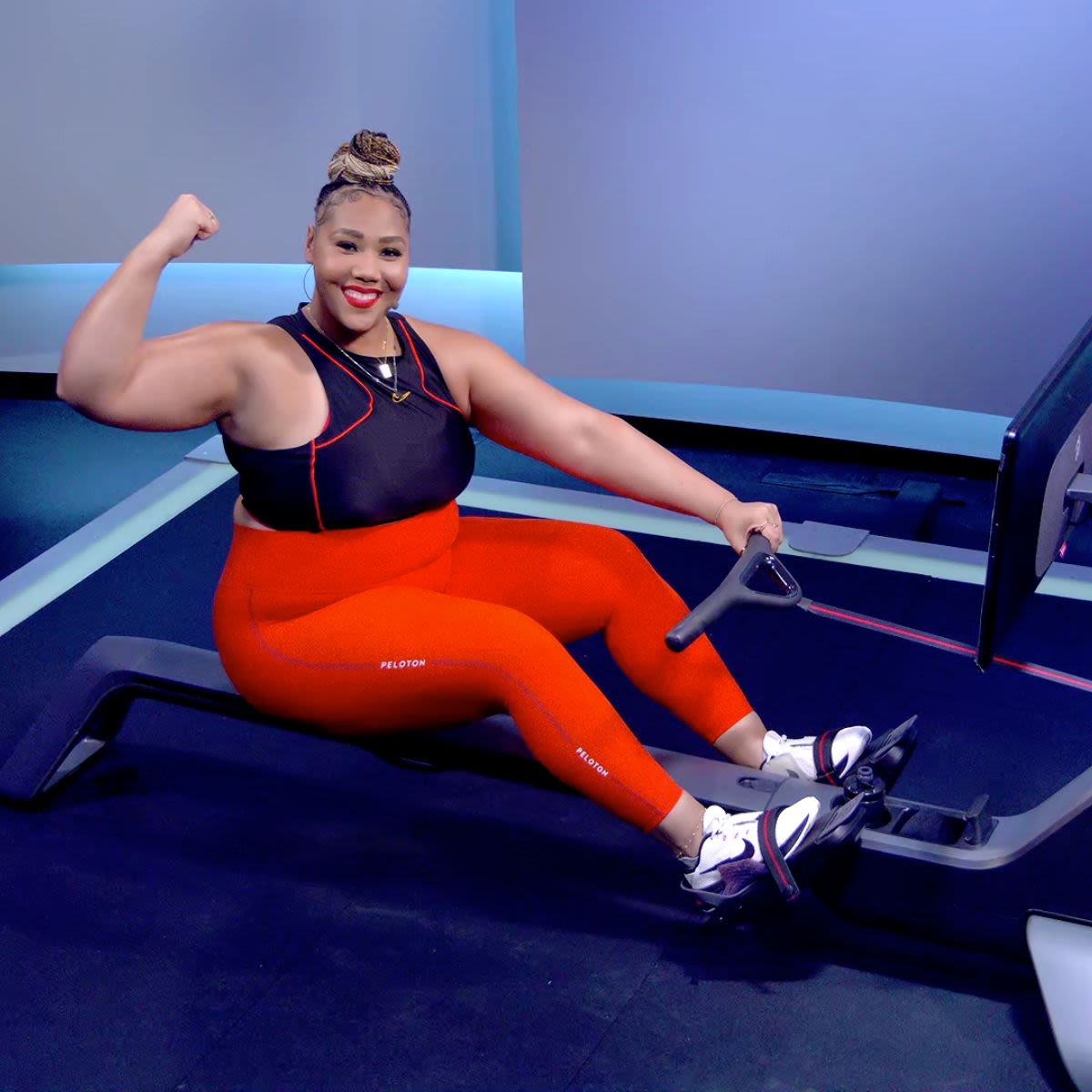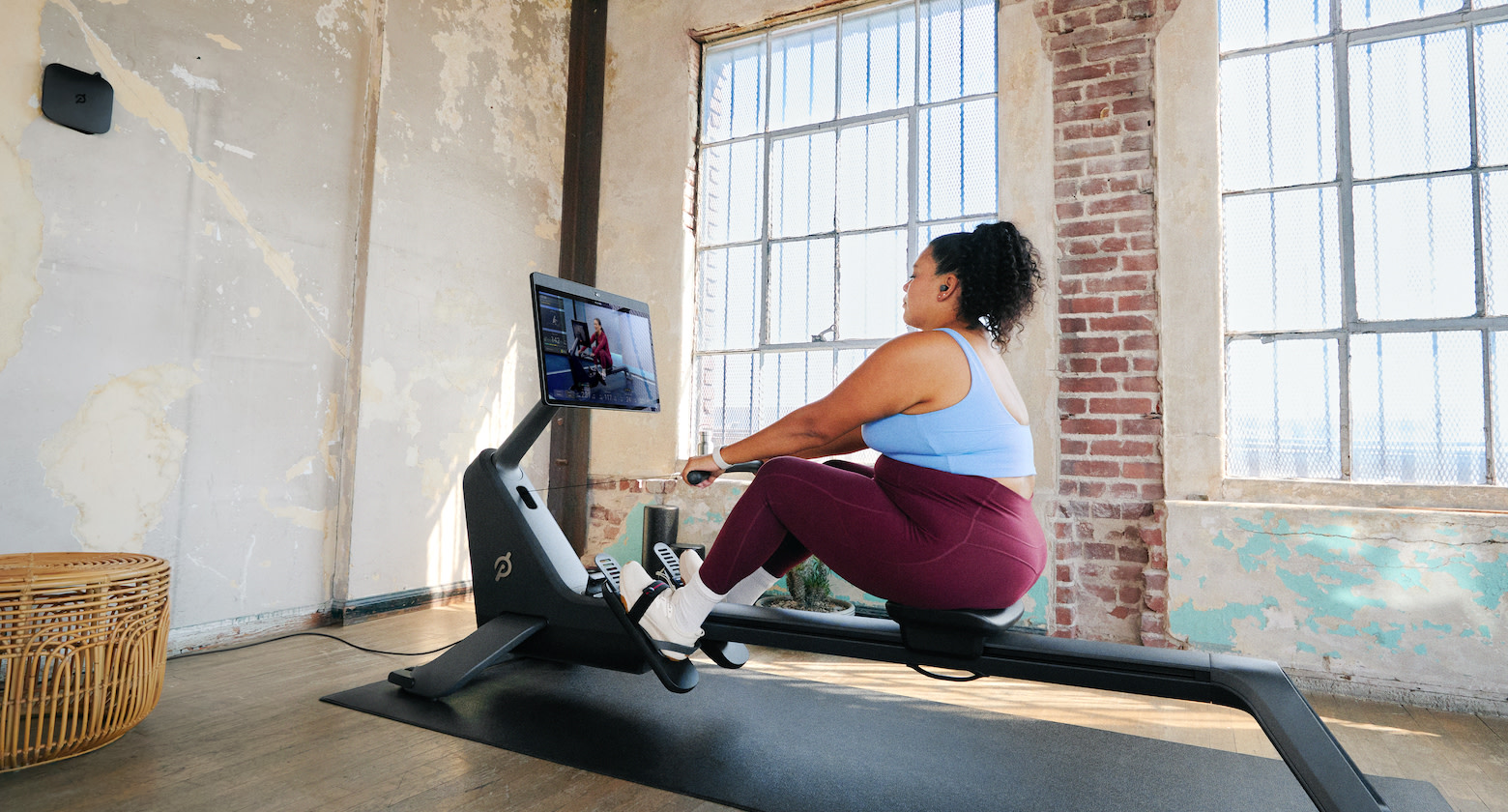For many Peloton Members, rowing is the perfect workout: In just 15 minutes, you get an all-in-one cardio and strength-training workout that targets 86 percent of your muscles. You gotta love that efficiency.
You should, however, be prepared for one potential downside: blisters. Remember as a kid when you learned to go across the monkey bars and got blisters on your hands from going back and forth so many times—but soon you developed calluses and were unstoppable? When you’re new to rowing, it’s kind of like that. Thankfully, there are some easy ways to keep your hands healthy. Just follow these expert tips from Peloton Row instructors.
Relax Your Grip
“Many rowers use their blisters as a badge of honor, but they are not fun or pretty,” admits Peloton instructor Ash Pryor. The most common cause of blisters? Gripping the rower handle too tightly, which causes friction between the handle and your skin. To help prevent blisters from forming, lighten your grip by “creating enough space between your palm and the handle that you could have a cookie there, and it wouldn't fall out—but you wouldn't crumble it,” suggests Ash.
Keep in mind that you should be able to wiggle your fingers while gripping the handle. And pay attention to how your hands and forearms feel throughout class. “Your grip should be loose to the point where your forearms don’t cramp up,” says Row instructor Alex Karwoski. If you’re feeling a lot of tension in your arms, you likely need to loosen your grip.
“Rowing should be only about 10 percent arms,” adds instructor Katie Wang, “so you don’t want to be gripping and ripping too tight anyway.”
Ease Into It
As tempted as you may be to dive right in and go all out as soon as your Peloton Row arrives (and we don’t blame you!), your hands will thank you for starting slow. You might be used to intense 45-minute classes on the Peloton Bike or Peloton Tread, but rowing will take time for your hands—and the rest of your body—to get used to.
“Build your endurance,” advises instructor Matt Wilpers. “Start with shorter classes and work your way up as your body allows.”
Some rowers like to wear weightlifting gloves or gloves designed for rowing machines to help protect their hands and prevent blisters. Others prefer to stay bare-handed and develop calluses in the area where their fingers meet their palms. It’s a matter of personal choice, so you do you!
Show Your Hands Some Love
By taking good care of your hands, the only thing blistering at the end of class will be your explosive output numbers. Alex stresses the importance of hand hydration, since dry skin can lead to cracks in calluses that can turn into painful wounds. (Don’t apply hand cream right before class, though, because that could get slippery!)
If you do get blisters, keep them clean and covered. “Do not pick your blisters,” pleads Ash. “It’s tempting, I know, but it could potentially lead to infection. Always monitor how deep your blisters are and their color, and consult a doctor if you have any questions or concerns.”
Adds Alex, “The more you stay vigilant about maintaining hand health, the more you’ll be able to maintain proper form and maximize your output. It sounds like a joke, but I assure you it isn’t!”

Peloton Row
Work 86% of your muscles in just 15 minutes.
This content is for informational and educational purposes only and does not constitute individualized advice. It is not intended to replace professional medical evaluation, diagnosis, or treatment. Seek the advice of your physician for questions you may have regarding your health or a medical condition. If you are having a medical emergency, call your physician or 911 immediately.
This content is for informational and educational purposes only and does not constitute individualized advice. It is not intended to replace professional medical evaluation, diagnosis, or treatment. Seek the advice of your physician for questions you may have regarding your health or a medical condition. If you are having a medical emergency, call your physician or 911 immediately.




